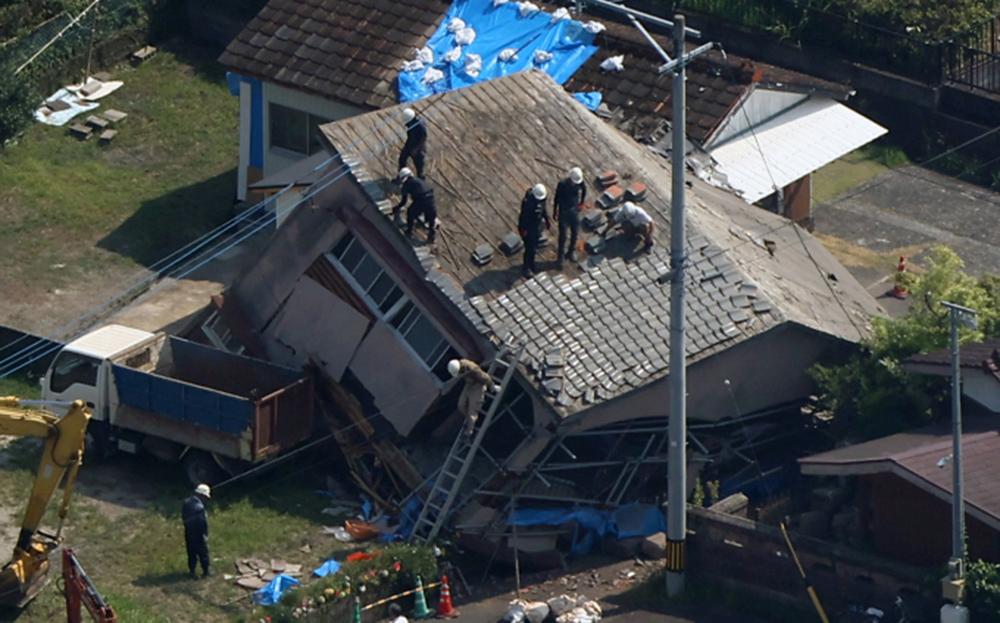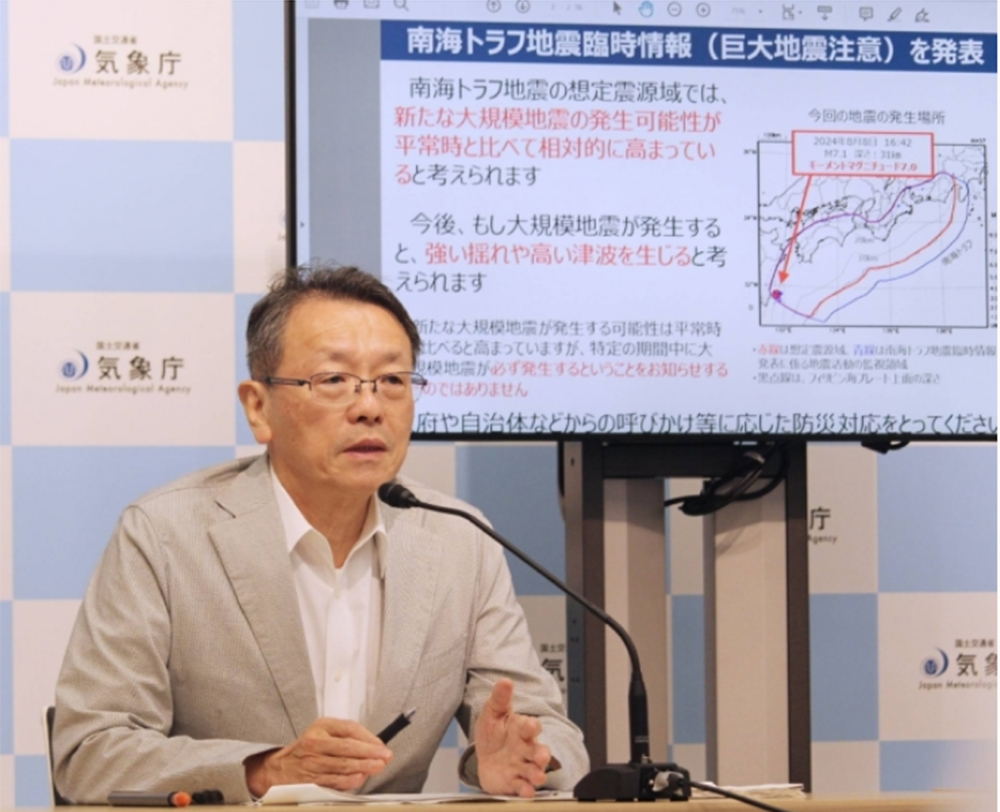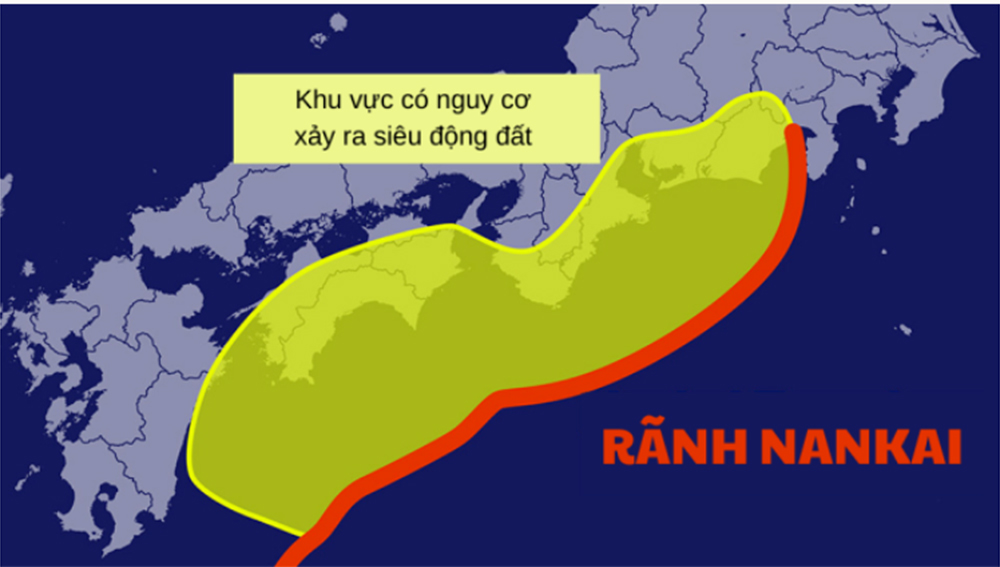Tokyo warns that the risk of a super-earthquake in the Nankai Trench is “several times” higher than usual, after a strong 7.1-magnitude tremor in the southwest.

A house collapsed in Osaki City, Miyazaki Prefecture, after a strong 7.1-magnitude tremor in southern Japan on August 8.
A few hours after a 7.1 magnitude earthquake shook southwestern Japan on the afternoon of August 8, the Japan Meteorological Agency (JMA) issued a warning about the risk of a “higher than normal” superquake. around the Nankai Trench, a submarine trench that runs along the Pacific coast. This is the first time they have issued such a warning.
The Japanese government estimates that there is a 70-80% chance of a mega-earthquake of magnitude 8-9 occurring along the Nankai Trench within the next 30 years. In the worst-case scenario, a superquake could shake a large area from Kanto to Kyushu, causing a tsunami that could submerge the coastal areas of Kanto to Okinawa. The death toll could reach 323,000.
Naoshi Hirata, head of the JMA’s advisory body, said the probability of a megaquake has now “increased several times”. However, the JMA also emphasized that “this does not mean that a major earthquake will definitely occur”.

Naoshi Hirata, head of the JMA’s advisory body, warned of the risk of mega-earthquakes.
The JMA warning does not advise people to evacuate, but reminds people to remain vigilant for about a week. “It is impossible to accurately predict the areas that need to prepare for response, but everyone must be cautious in every possible situation,” Mr. Hirata said.
The Nankai Trench is about 800 km long, where the Eurasian and Philippine tectonic plates meet. Large earthquakes occur in the Nankai Trench about every 100 years, but the exact timing is impossible to predict.
Historically, earthquakes in this underground trench have caused serious damage, the most recent being on December 21, 1946, causing a large tsunami, killing 1,330 people.

Location of the Nankai Trench and areas at risk of mega-earthquakes.
Prime Minister Fumio Kishida today canceled his planned visit to Central Asia scheduled for August 9-12, following information from the JMA.
JMA has established a warning mechanism related to potential mega-earthquakes in the Nankai Trench since 2017. This mechanism is activated when strong tremors above 6.8 degrees occur in areas at risk of mega-earthquakes or when there are unusual geological movements.
Japan is one of the most seismically active countries in the world. Four of the dozens of large tectonic plates that make up the Earth’s surface are located in Japan. Earthquakes often occur at fault lines between tectonic plates. The island nation is also located on the “Ring of Fire”, a chain of mountains and seismically active sites at the edge of the Pacific Ocean, which exposes Japan to about 18% of the world’s annual earthquakes.
The Japanese Ministry of Natural Disasters said about 10 people were injured and some structures were damaged after a 7.1 magnitude earthquake in southern Japan on August 8.





